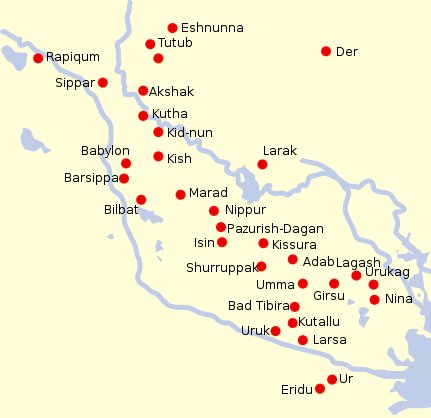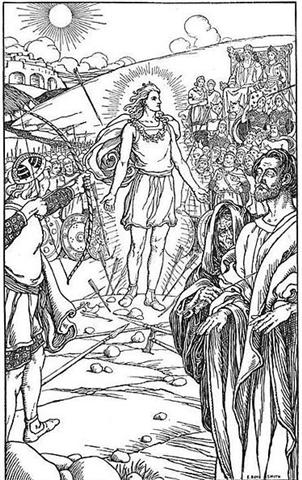The manzil Al Naam (ruled by Ascella and Nunki) is beginning at Cb12-1 and the body of the curious double figure has kava shape. A reversed ua mata follows and then a rising kahi. In Gregorian day 384 a 'fist' is raised high. At Rei 366 + 300 = 666 days are in the past
There is a week from January 12 (where we can perceive 112 = 7 * 16) to January 19 (where 119 = 17 * 7). The Gregorian calendar has 384 = 13 * 29½ + ½ at the on average coldest day in the year (in the northern hemisphere). Al Naam 4 is manzil day 248 (where we can count 24 * 8 = 192, i.e. 384 / 2):
If the 3 rhombs (inoino) at left in Cb11-19 should represent 177 nights, then henua at left in Cb12-4 could represent e.g.184 days. Nunki (σ Sagittarii) - another name for Eridu at the 'mouth of the River' - marks the end of 'Land' and this star rose heliacally close to 19h in rongorongo times.
... The city of Eridu was the southernmost of 32 Sumerian cities. The sacred geography of Sumer - if such a concept existed - ought to have put an Eridu constellation just before summer solstice (beyond which Sun had to return because of the 'sea' in front) ... The manzil Al Naam possibly has its name from the egg of an ostrich, and this idea (picture) could explain the bottom half-circle in Cb9-30:
... In early Arabia this [Beid] was Al Baīd, the Egg, from its peculiarly white color, as well as from its position near the Ostrich's Nest ... ... Cursa, 3º to the northwest of Rigel in Orion, is the principal star in the [Eridanus] constellation, seen from the latitude of New York City. The word is from Al Kursiyy al Jauzah, the Chair, or Footstool, of the Central One, i.e. Orion, formed by β, λ, and ψ Eridani ... and regarded as the support of his left foot; but in the earlier astronomy of the nomads it was one of Al Udhā al Na'ām, the Ostrich's Nest, that some extended to ο¹ and ο². The Century Encyclopedia gives Dhalim as an alternative title, undoubtedly from Al Thalīm, the Ostrich; but although used for it by several writers, this better belongs to θ ... Line Cb12 has 25 glyphs, but the last 5 can be regarded as the beginning of line Cb13 and I will therefore show them on the next page.
After 399 days (the synodic cycle of Jupiter) there could be a definite end for the old year. There is a dot in front at tapa mea in Cb12-19 and the very straight oblique line suggests 'measure'.
But the glyph type ihe tau + manu rere is probably expressing the return to life after death (at least via an egg):
Long beaks in front perhaps mean long lives ahead. | ||||||||||||||||||||||||||||||||||||||||||||||||||||||||||||||||||||||||||||||||||||||||||||||||||||||||||||||||||||||||||||||||||||||||||||||||||||||||||||||||||||||||||||



















